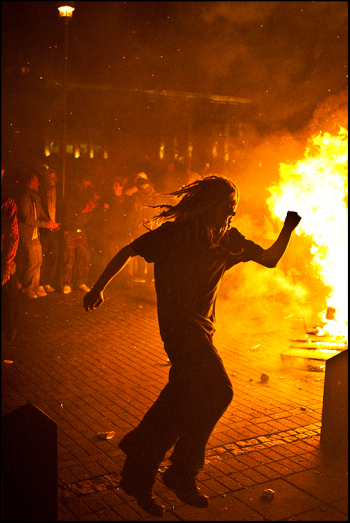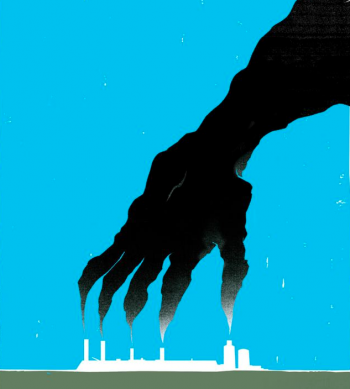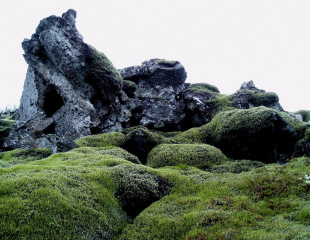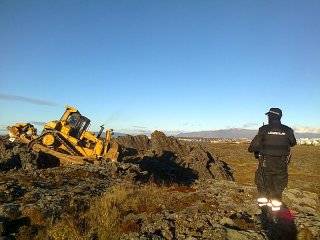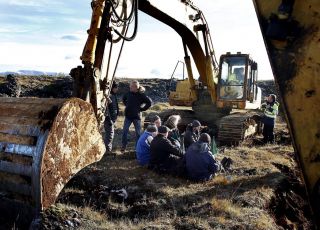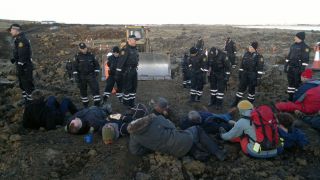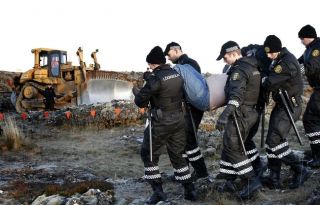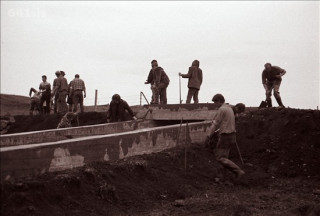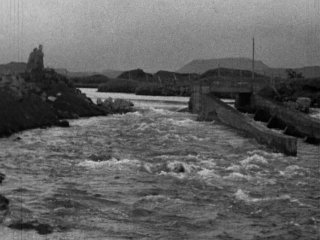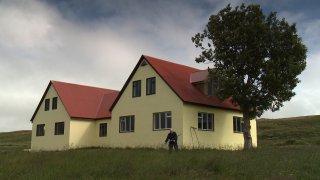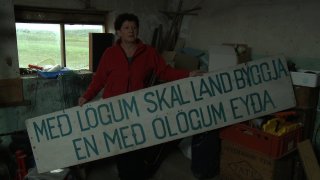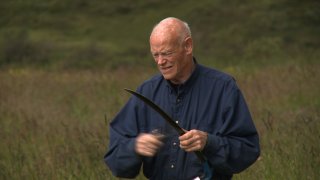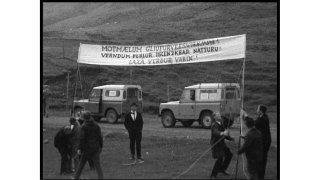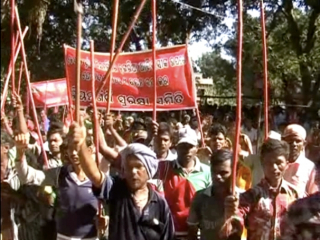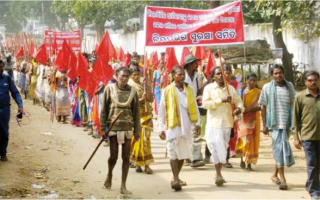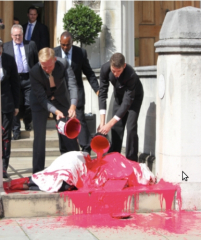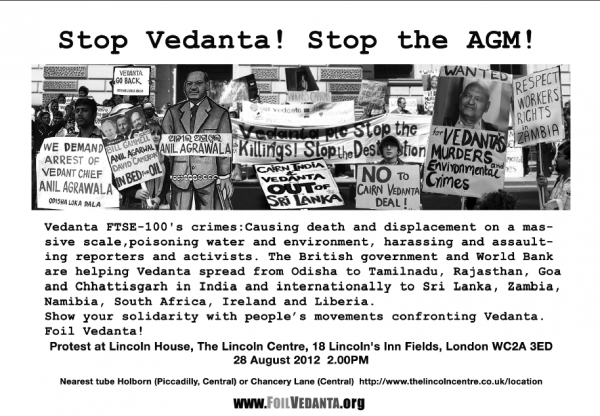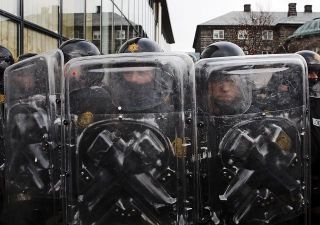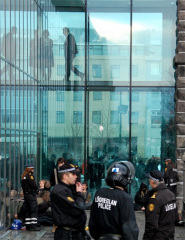Mar 10 2018
8 Comments
Haukur Hilmarsson – The Loss of a Friend, Killed in the Battle of Afrin
The sad news has come with us that our Icelandic friend and comrade Haukur Hilmarsson, nom de guerre Sahin Hosseini, has fallen in the battle of the Kurdish city of Afrin. He was killed in battle against the Turkish invaders, as a commander in the International Freedom Battalion (IFB) fighting alongside the Kurdish YPG.
We’ve heard from his Battalion that he first joined in the struggle against IS about a year ago. After his first attempt to reach Rojava through Iraq, getting arrested and deported back to Iceland, he travels straight back and fought in the battle for the liberation of Raqqa. He was loved and appreciated and was given the rank of Commander. When the Turkish army invaded the northern Syrian border, he hurried once again to the defense of the Kurdish revolution.
Haukur, our hearts are full with pain and pride. You were truly beautiful, inspiring, loving, raging, rebelling, an unstoppable force. A storm which we had the fortune to have intertwined with. We’ve got to know you through our shared love of the wild Icelandic landscape and the actions in defense of its destruction by the aluminum industry. The memories of running through the fields, blocking digging machines, climbing cranes and raving through the streets of Reykjavik. It feels like a lifetime ago, yet you have an unforgettable impression and we feel lucky to consider you as our friend. Even though the years drove us apart and it was hard to keep in touch, we’ve always carried you in our hearts and minds. With smiles on our faces we watch the images of the Icelandic parliament during the mass protests, and raising the flag of a discount supermarket. A true Anarchist who stood together with your friends at the beginning of the Icelandic anarchist movement. Through all your outrageous ideas and actions, like running on the airport to stop an airplane from deporting an “illegal” immigrant (and even managing, by chance, to block the right plane and stop the deportation), you always had the same smile on your face. A grinning devious smile that’s said “let’s get into trouble”. And it caught on everyone.
When we saw the picture of you in camouflage clothes, with the rifle resting easily on your lap, it was not that same expression on your face anymore. There was a sense of ease in your eyes. A small awkward smile towards the camera. But mostly a sense of being in the place where you could be burning inside yourself. That face was still so much, and it brought tears to our eyes and also brought pride to our hearts. We would have loved to sit aside with you for many more years.
But lives fully lived do not always measure out in time. It is measured by the wind of desires, like a chilly breeze sliding over a field of grass. By the sudden goosebumps in a dark night from the afterglow of a raging and loving fire. In those moments you remind us that you can, and should be, the sum of one’s desires and dreams. To keep standing up for that which you believe to be right. And to keep fighting. No matter where your fight lies, and where the fight will take you.
A battle reaching though space and time. Like the poem written by a fighter in the international brigade in the Spanish Civil war against the fascists.
I will not yield
I will
eat dynamite
And I will explode
like a volcano
Dear Haukur. We will miss you with all our hearts. Our thoughts are with your mother, your family, friends and everyone whose life was touched by you in your 31 years on this earth. We will carry you with us forever.
No pasaran!
